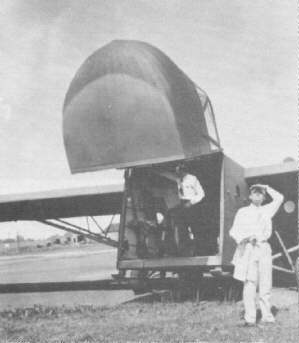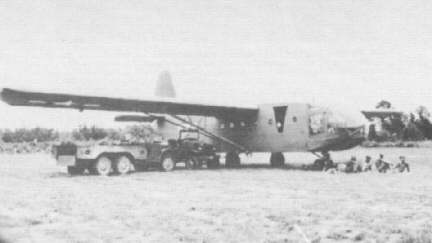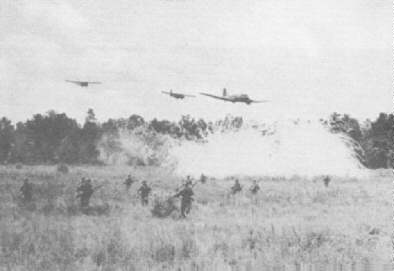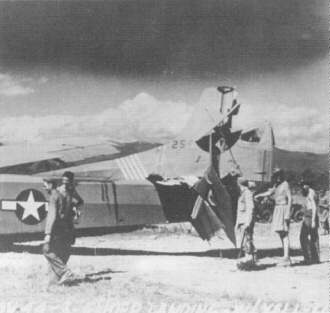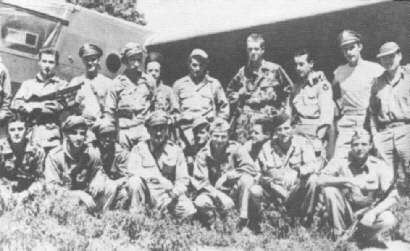
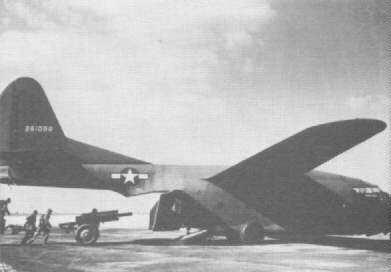 |
|
ACG-10°, the second largest glider built by America during World War II. It was constructed entirely of wood, had a wingspan of 105 feet, and could carry 40 soldiers. America planned to build 1.000 of these for the invasion of Japan. U.S. Air Force |
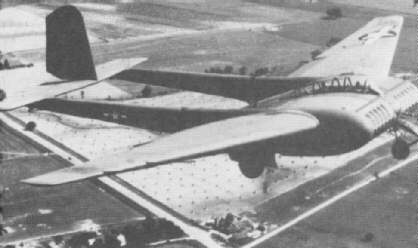 |
|
The MC-1, also known as XCG-16, had a wingspan of
91 feet 8 inches and could transport 40 troops in two compartments
on either side of the elevated cockpit. Richard C. DuPont and three
other men were killed during a demonstration flight of this glider.
U.S. Air Force
|
